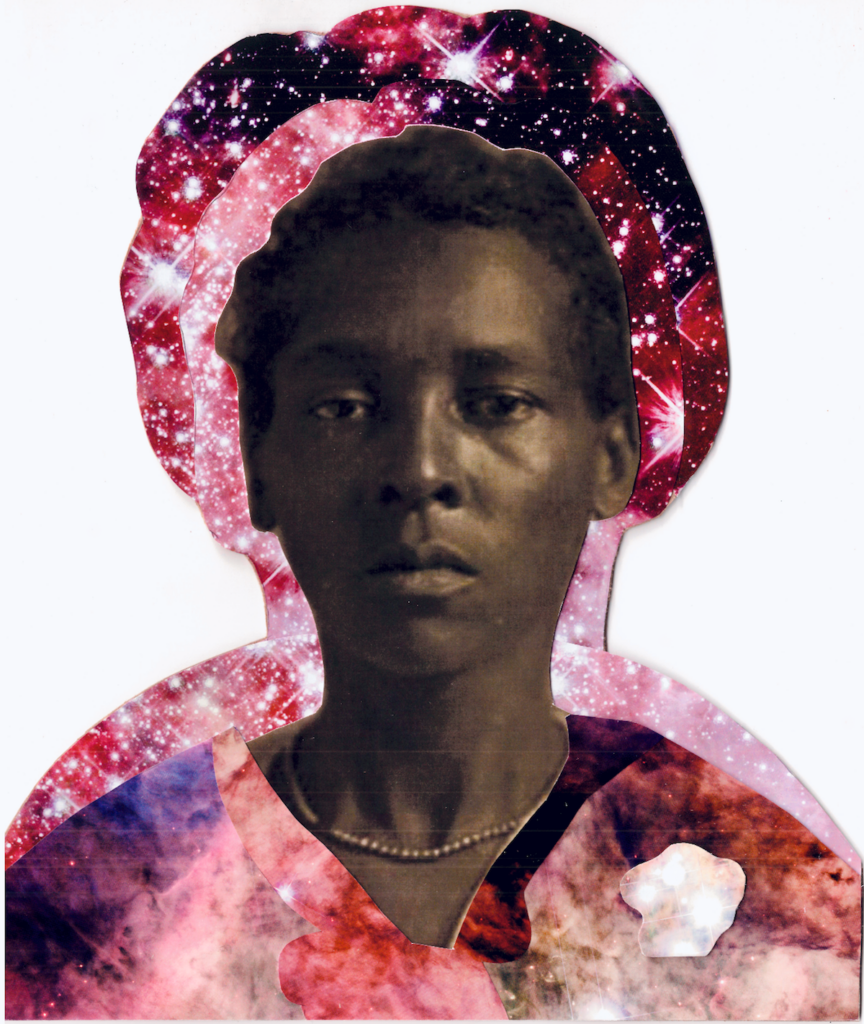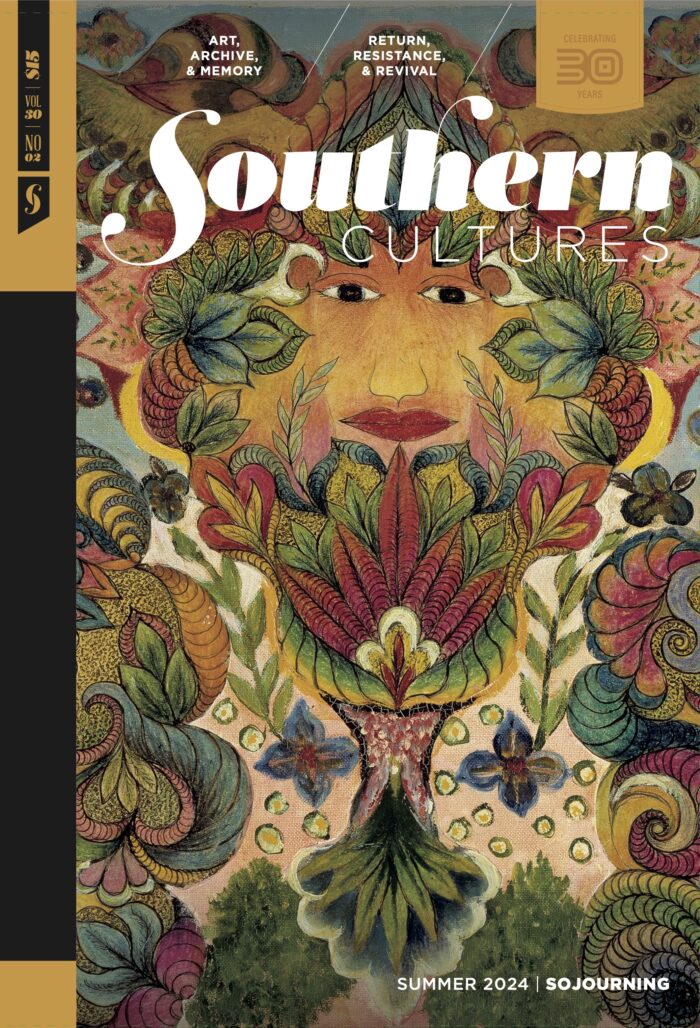Sometimes you can prepare for a sojourn. Plan your route. Gather resources. Train your breathing. Maybe you will visualize your success. Chant the names you will need to remember. Pray for strength. Some of us write a list of days. Notify our loved ones. Give away our excess. But what you cannot know at the beginning of a sojourn is who you will be on the other side. This is what we want for you.
We do not know how Harriet Jacobs—or for that matter Harriet Tubman, Sojourner Truth, or any other freedom-seeking formerly enslaved woman—chanted our names, planned for our daring recklessness, gathered seeds we would one day plant. We do not know specifically what Harriet Jacobs saw during her fevered dreams as she almost died in the garret above her grandmother’s rat-invaded storeroom. What Tubman saw in her dreams the night before she woke up and said, “My people are free.” What Truth saw when she blinked and knew her name. But we do know that they committed to move from one state of being to another, even when that movement came through profound stillness. And we do know that their movement had an impact on us. The place we find ourselves now. The place we lose ourselves constantly. This is where we meet you. In a multigenerational field of faith. A brave unknowing.
And so, we hope that as you witness the gathered offerings, conversations, analytical texts, creative writing, and visual artistry here you will tarry and forget yourself. Find yourself in another possibility.
When you sojourn “In the Swamp” with kai lumumba barrow and Lydia Pelot-Hobbs, will you remember that Harriet Jacobs slept among the water moccasins, hiding in a swampland, while her kin prepared a hiding place in the crevices of the home of (self-freed) Molly? Will you move toward what abolition requires without having to know what exactly you will personally lose?
When you follow Beatrice J. Adams into “Habitual Return,” will you hold the possibility that each time participants in the Great Migration returned, they returned to a different version of the same place, as different folks? And you too may come back to the page differently, possibly with a different idea of what leaving is and what home can be for you and yours?
When you stop at Jovonna Jones’s “A Rooming House for Transient Girls,” consider that you do not even know what you will need where you are going and that you “would be surprised” at the sacrifices already made for your arrival.
When you listen to Letitia Huckaby in conversation with Jessica Lynne about her photographic takeover of the courthouse near Harriet Jacobs’s home in Edenton, North Carolina, where her family members and many others were declared to be property or free, will you consider your shadow? What if the spaces where you feel like a mere shadow of yourself right now are exactly the spaces you should take over? What if you forget about yourself while you listen as Letitia frees the shape of what we need to know?

And can you hear it? The sound of Jet Toomer’s words percussing through the page? It’s the cadence of beads on braids on hot skies, flying from the uplifted heads of Black girls, a citified reenactment of country things, the choreography of a return to Black South kin.
With Colony Little we are also carried to her maternal home places of North Texas, through portals of knowing unlocked by humidity, chigger bites, photographs, and questions that linger like the name of an old one called Frankie Lydia.
Ciarra Walters reminds us that we can go home right where we are, right under our own feet. She shows us how to hide and rise, to shapeshift and self-possess, to heal and ground in plain sight, and in this plane, and on these sites. We become multivalent with her healing heart. Yes, even as far afield as California and Maine, she holds a mirror to the wayfinding traditions of Black South–borne Harriet Ann Jacobs.
Sally Greene tells you the story of another “Lydia,” whose flight from a beating in Harriet Jacobs’s own community in Chowan County led to a legal battle used nationally to defend and ultimately to abolish slavery. Consider that you do not know the afterlives of your acts of salvation. That your self-preservation does not exist on an individual scale either.
When you get to Diamond Forde’s “The Buford Highway Farmers Market,” slow down. Could it be that what you need will be something you can’t choose? That when you finally use the most sacred thing you have, you’ll be as surprised as any of us?
If it happens. If you experience this time with us as a sojourn, not a distraction, not an intimidation, not an opportunity to prove that you are who you already thought you were, you will not be alone.
* * *
Not so long ago, in March 2024, seventy of us became sojourners. We left wherever and whoever we were to meet Harriet Jacobs on the land and waters of her transubstantiation beyond the material of slavery. And in our brief transience we became who we could only be in the presence of each other. In song, study, and revelation we laid down intergenerational burdens in the resting place of the ancestors who covered Harriet on her way. We offered white rose petals to the water that cooled her throat, cleansed her feet, and shuttled her away and back again, free. We ate food crafted by generations who nurtured each other into reclaimed joy. We danced dances gifted by our returning diasporas in view of the harbor where shackled destinies met land. We shed tears in the courthouse of Letitia Huckaby’s takeover and Lydia’s brief vindication and Harriet’s grandmother’s self-manumission. We sang verses in the contingent church where the enslaved recognized god in themselves while their captors failed to glimpse their own humanity.
No, you don’t know who you’ll be on the other side of this published piece of an ongoing, unchartable sojourn. The good news is that we don’t know either, but in the spirit of matrilineal migrations, you’d be surprised what can happen when you pay attention. The linkages you can make. And you’ll have us to accompany you. See you there.
* * *
P.S. Here’s your packing list.
Breath, unfettered and lifted, in the sighing out and calling out of names or the raising of song.
A handkerchief trimmed in lace, in homage to stitching hands, eyes that well and flood, and the elegant magic of solace produced seemingly from thin air.
A lidded jar for specimens of memory, joy, and wonder, which might include but are not limited to the following: a sweetgum ball from the last place the old ones were together, soil from the footfalls of Harriet and her sisters of flight, crabapple jelly or fig preserves, jessamine bearing “the fragrance of freedom,” as Jacobs wrote in a correspondence addressed from Edenton on April 25, 1867, water from the rivers of your people.
A bound book of blank pages for holding fast the words you will need.
The pen of your choosing. It will be your gimlet tool for opening an oculus to the light.
Alexis Pauline Gumbs is a queer Black feminist love evangelist and an aspirational cousin to all life. She is the author of several books, most recently the biography Survival Is a Promise: The Eternal Life of Audre Lorde. She lives and loves in Durham, NC.
Michelle Lanier is a scholar, oral historian, geographer, filmmaker, museum professional, and folklorist. Her deep roots, in what she calls AfroCarolina, inspire her multidisciplinary career as a cultural preservationist, which resulted in her current role leading the twenty-seven museum spaces comprising North Carolina Historic Sites. She is an adjunct fellow at the Center for Documentary Studies at Duke University and director of The Harriet Jacobs Project.
Johnica Rivers, an interdisciplinary writer and curator, is particularly interested in the relationship between peripatetic ways of being and Black women’s creative and intellectual practices. She is curator-at-large of The Harriet Jacobs Project, working to amplify the story of Harriet Jacobs and her footfalls through place-based art, editorial offerings, and gatherings.
Header image: Left: Luminous and Suspicious Person #2, by S. Erin Batiste, 2022. Mixed media collage, 9 1/2 × 11 1/2 in. Right: Luminous and Suspicious Person #1, by S. Erin Batiste, 2022. Mixed media collage, 9 × 10 in. All images from the Major Arcana series, which transforms early twentieth-century mugshots of Black women and girls (likely the only photographs from their lifetime), from the New Orleans Public Library archive.


